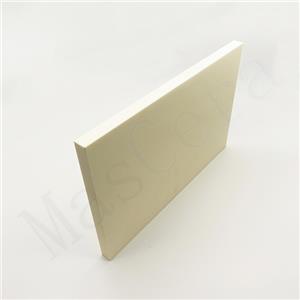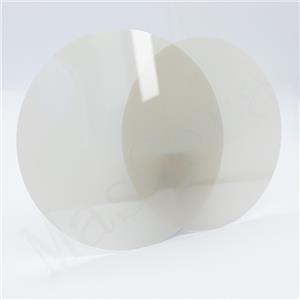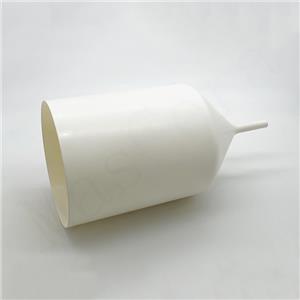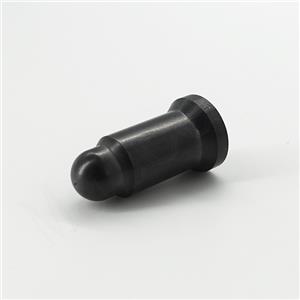Advantages and Disadvantages of Silicon Carbide Ceramics
Silicon Carbide Ceramic (SiC ceramic) is an advanced ceramic material primarily composed of silicon carbide (SiC). Due to its unique physical and chemical properties, SiC ceramic has a wide range of applications across various industries.
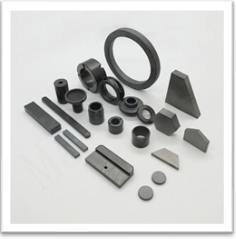
Advantages of Silicon Carbide Ceramics
1. Excellent High-Temperature Performance
Silicon carbide ceramics have an extremely high melting point of up to 2700°C, enabling them to maintain structural stability and strength even under extreme heat conditions. This property makes SiC ceramic an ideal high-temperature-resistant material, widely used in applications such as SiC tubes, SiC burner nozzles, and SiC kiln furniture. These components are essential in furnaces and thermal processing equipment, where durability in high-temperature environments is crucial.
2. High Hardness and Strength
The high hardness of SiC ceramic is due to the strong covalent bonding between silicon (Si) and carbon (C) atoms. This bonding structure makes silicon carbide ceramics highly resistant to compression and deformation. With a hardness significantly higher than that of alumina (Al₂O₃), aluminum nitride (AlN), silicon nitride (Si₃N₄), and zirconia (ZrO₂), high-hardness silicon carbide is widely applied in SiC mechanical seals, SiC bulletproof plates, and other wear-resistant components.
3. Superior Corrosion Resistance
Silicon carbide exhibits excellent chemical stability, as the strong covalent bonds between Si and C atoms prevent reactions with acids, alkalis, and other corrosive substances. This exceptional corrosion resistance makes SiC ceramic a preferred material in harsh chemical environments, particularly for applications requiring long-term durability.
4. Outstanding Thermal and Electrical Conductivity
Compared to alumina, zirconia, and silicon nitride ceramics, SiC ceramic offers higher thermal and electrical conductivity. Although its thermal conductivity is lower than that of aluminum nitride (AlN), SiC ceramic is widely used in high-power electronic components and heat dissipation systems, where efficient thermal management is necessary. This property enhances its applications in electronic devices and industrial heat exchangers operating in high-temperature environments.
Disadvantages of Silicon Carbide Ceramics
1. High Brittleness
Despite its high strength, silicon carbide ceramic is brittle, making it susceptible to fractures under mechanical stress or thermal shock. Its poor impact resistance limits its use in applications where sudden shocks or extreme pressure variations occur. The combination of high hardness and brittleness also complicates the production of SiC ceramic components with intricate designs.
2. Poor Thermal Shock Resistance
SiC ceramic is prone to thermal shock damage, meaning that rapid temperature changes can lead to cracking or breakage. Therefore, in practical applications, it is crucial to control temperature fluctuations to prevent material failure.
3. High Manufacturing Costs
The production and processing of silicon carbide ceramics involve high costs due to expensive raw materials, complex manufacturing techniques, and machining difficulties. Additionally, although SiC ceramic is highly wear-resistant, its brittle nature makes the manufacturing of intricately shaped silicon carbide components particularly challenging, further increasing production expenses.

